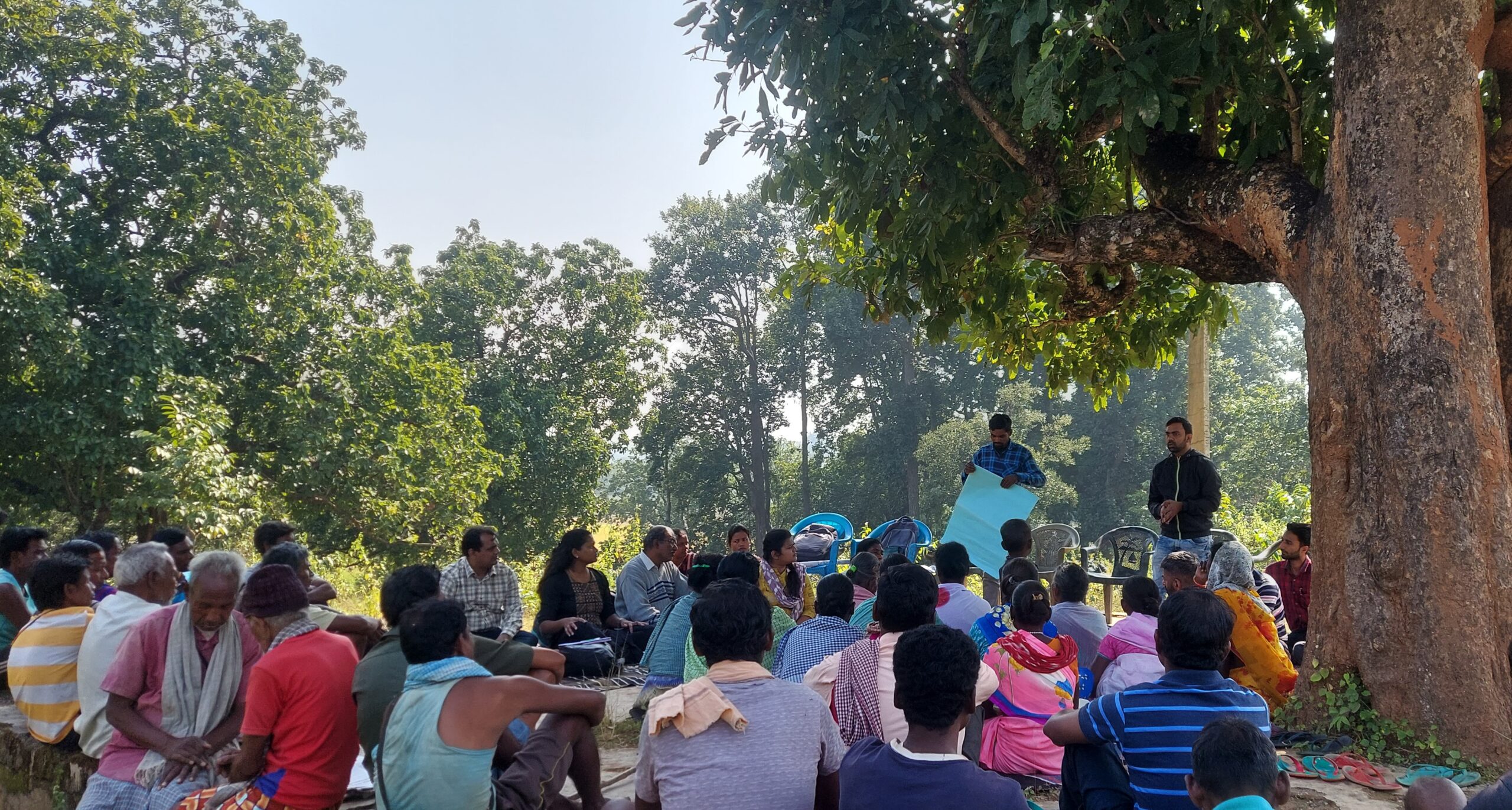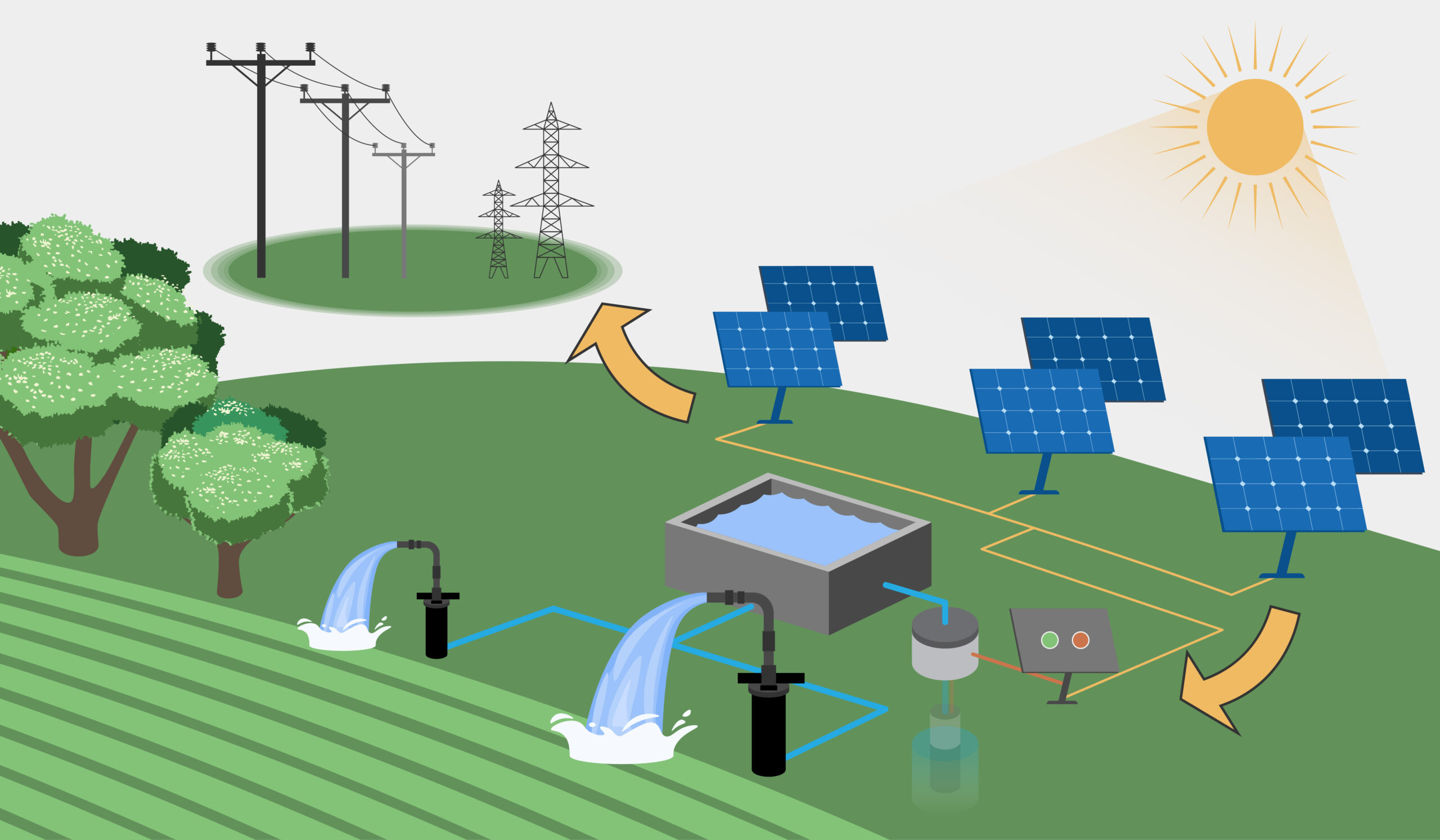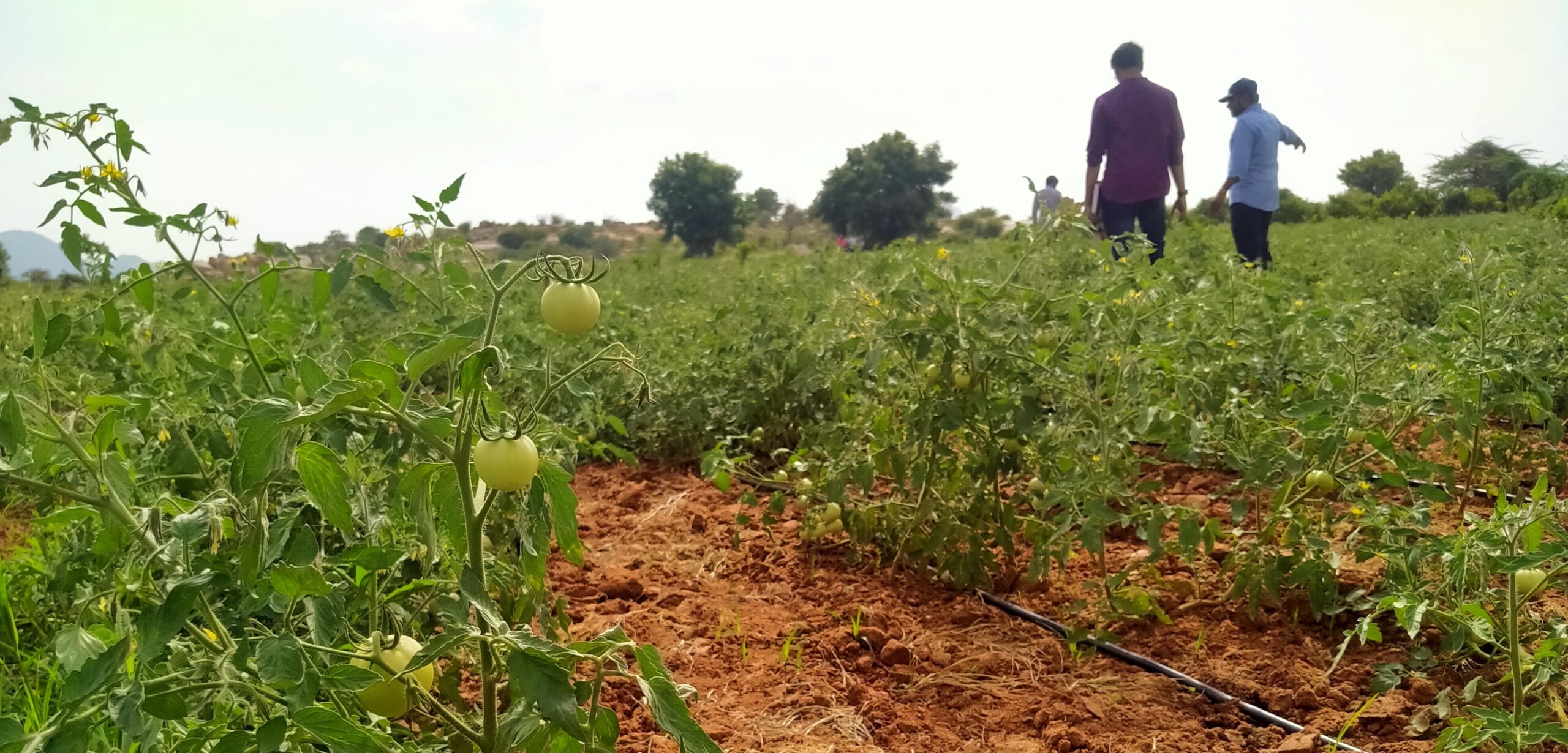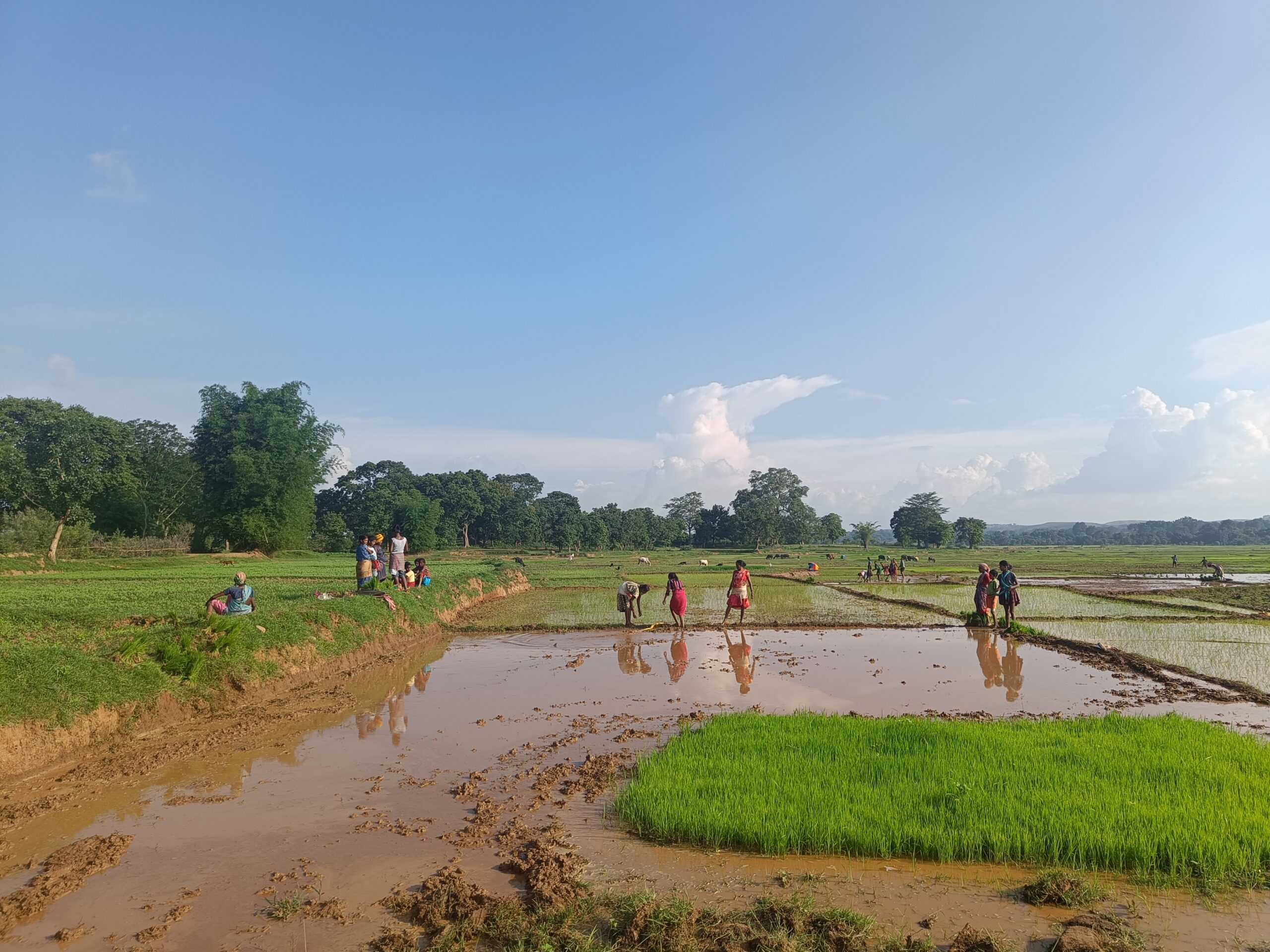The Social Sector Has a Scale Problem. Here’s How We Can Solve It
A community worker with Trust Community Livelihoods (TCL) in Uttar Pradesh demonstrates how she uses a banner to spread awareness about diseases in goats. Photo by Gargi Anand
Green Rural Economy’s key thrust is facilitating ‘servicification’ in the social sector. This means creating models and enabling conditions that support organisations in extending their tried and tested solutions to others. Making solutions ‘modular’ can promote a culture of tweaking and adapting them rather than creating them from scratch, especially since the latter often involves duplicating work others have already done.
Based on the collaborations we fostered under the Green Rural Economy initiative, we have identified two broad approaches to providing solutions as a service: 1) Do it yourself and 2) Do it for you.
| Model | Solution Creation | Solution Adoption |
| Do it yourself | Use toolkits and templates to document insights and experiences as playbooks. These help explain how to implement a particular solution | 1) Offer master trainers and experts 2) Create a chatbot or a call centre to promote solutions or help with troubleshooting |
| Do it for you | Hire fellows or consultants to document organisations’ knowledge as playbooks |
1) Send staff on secondment |
The Do it yourself approach includes the following models:
1) Master trainers
Experts can monetise their experience through paid training programmes and workshops. ‘Expert’ does not necessarily mean a person with advanced degrees, it could also be a pioneering farmer or community worker with deep expertise in a particular method. The training can be tailored to the recipient’s needs. For example, instead of a one-time workshop, there could be regular check-ins to ensure trainees can clarify their understanding and overcome challenges in implementing the solution.
2) Chatbots/call centres
Developing chatbots or call centres that address frequently asked questions can provide timely guidance to solution-seekers. This kind of automation is helpful for grassroots organisations with limited bandwidth.
The Do it for you approach includes the following models:
1) Fellowship
This model involves placing early-career professionals with relevant educational qualifications and the inclination to specialise in rural livelihoods with a social-sector organisation. They support the organisation in
a) Documenting their institutional knowledge as solutions that can be implemented by other organisations
b) Building systems to document requests for solutions within the organisation
c) Onboarding their solution on the Green Rural Economy platform so that they can be matched with requests for help from other organisations in the sector
Documenting institutional knowledge and experience across grassroots organisations will kickstart a culture of reflecting on, codifying, and documenting their work. This will eventually enhance their credibility and visibility.
Fellowship models can evolve to support a place-based organisation with adopting and contextualising a solution as well. The fellow could work closely with the solution-provider to test existing solutions and iterate them based on the local context and feedback from the communities they work with.
2) Secondment
The secondment model places experienced employees of a solution-providing organisation in a host organisation to implement a solution end-to-end. The person remains employed with the solution-provider and is seconded to a host organisation, where they can adapt the solution to the latter’s context. There could be various models to fund this arrangement. They could receive a base remuneration from the solution-provider and a project fee from the organisation they are seconding at.
3) Consultancy
A cadre of freelance certified consultants can go from place to place, offering to implement a particular for organisations or communities.
4) Build, operate, and transfer
Long-term engagements where the organisation or individual with domain expertise designs and implements a programme with a place-based partner. This helps build the latter’s capacity to implement the solution in their context.
The place-based partner leverages their social capital to mobilise their community to adopt the new solution. This sets the stage for the solution-provider to plug in their programme. They jointly fine-tune the solution to make it suitable for the community’s context. Over time, this builds the place-based partner’s ability to implement the solution on its own and the solution-provider can transfer the programme to them.
5) Build, operate, and own
In this case, the partner with domain expertise expands into a new geography by contextualising their solution to the needs of the local community. This may be more suitable for social enterprises as it allows them to expand to new markets.
*****
Through these models, we can promote service provision and the structured scaling of solutions in the social sector, unlocking efficiencies and enabling innovations to be adapted to diverse contexts and landscapes.
Acknowledgements
This work is supported by Rainmatter Foundation and Axis Bank Foundation.
Edited by Archita Suryanarayanan and Syed Saad Ahmed
Follow us to stay updated about our work






